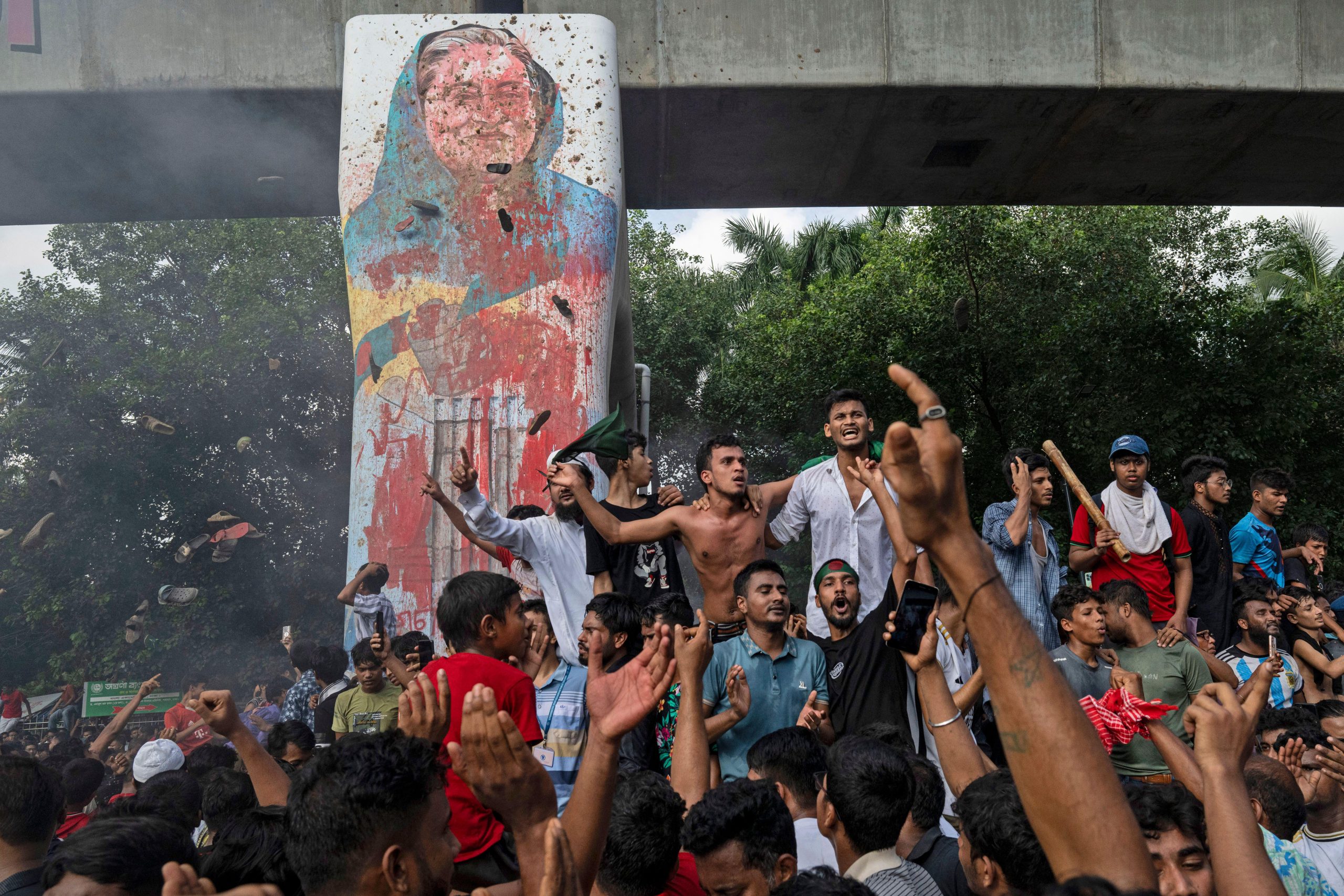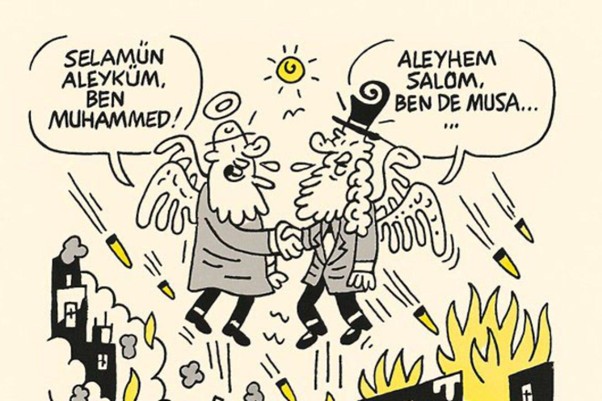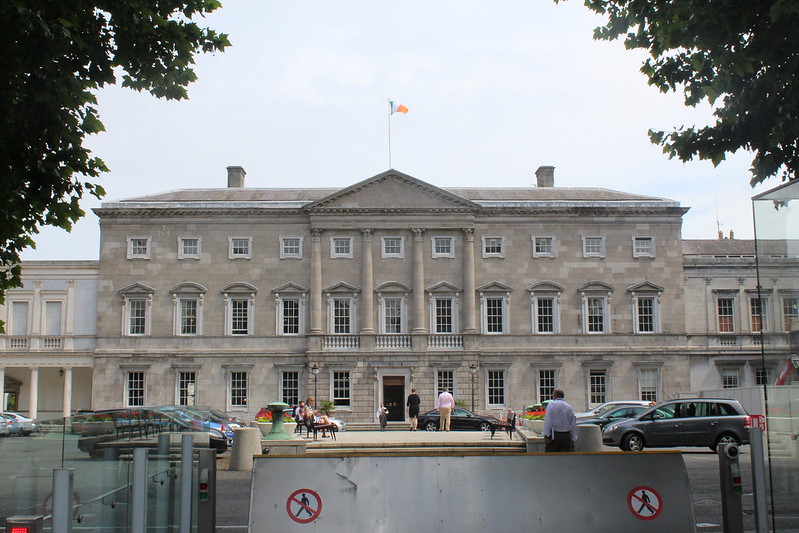
New evidence points to the spin doctor’s influence on the case for the Iraq war. Chris Ames reports
Tony Blair’s September 2002 dossier on Iraq’s “weapons of mass destruction” was based on a previously secret draft produced by a propaganda unit reporting directly to Alastair Campbell.
The new document, disclosed by the Foreign Office under the Freedom of Information Act , has been published on the Iraq Inquiry Digest website. The draft is the earliest version of the dossier ever released and was produced by the Coalition Information Centre (CIC), which was set up by Campbell to promote British participation in the “war on terror” and later wrote the plagiarised “dodgy dossier”.
The disclosure has raised questions about the evidence of key witnesses to a series of official inquiries, including the current Chilcot Inquiry.
The government has not previously admitted that the CIC was involved in the drafting of the dossier, which claimed that Iraq could launch WMD within 45 minutes. Since the row first erupted over claims that the paper was “sexed-up” by communications officials to make a case for war, Campbell, who was Blair’s director of communications, has stressed that it was produced by a completely separate process from the later “dodgy” dossier.
Government witnesses have also told successive inquiries that in June 2002, when the previously secret paper was produced, the WMD dossier was not being actively worked on. This was at a time when Blair was claiming that no decisions had been taken on Iraq, three months before he presented the final version to Parliament.
It has also emerged that the dossier was originally intended to be signed by cabinet ministers Jack Straw, Clare Short and Geoff Hoon. Ms Short, the former international development secretary who resigned after the March 2003 invasion, said that she was “astonished” at this revelation.
The new draft is dated 3 June 2002. It is virtually identical to a draft presented to the Hutton Inquiry as the starting point for the published document and contains all three elements that would appear in the final paper (dated 20 June 2002) with an intelligence-based assessment of Iraq’s weapons of mass destruction, as well as sections on the regime of Saddam Hussein and previous UN weapons inspections.
A covering note from the Cabinet Office dated 6 June 2002 identifies the new dossier as a “consolidated draft of Iraq papers as produced by CIC”.
In February 2003, shortly before the war began, Downing Street issued a dossier on Iraq’s “Infrastructure of Concealment, Deception and Intimidation”, which, like the WMD dossier, contained intelligence-based claims but was soon revealed to have been written by the CIC and significantly plagiarised from an article published in an academic journal.
It appears that none of the inquiries into the Iraq war, including the ongoing Chilcot Inquiry, have been told about the involvement of the CIC in writing the WMD paper.
Campbell told the Commons Foreign Affairs Committee (FAC) in June 2003 that the difference between the two dossiers was that the WMD paper was produced by the intelligence services while the later document “was a briefing paper produced by the team that I chair”.
The Chilcot inquiry would not say whether it had been given the new draft. But Campbell was asked about a June 2002 version of the dossier during his appearance at the inquiry in January. He claimed to have no knowledge of such a paper and to have had no involvement with it. But Conservative MP John Baron, a member of the FAC said: “My understanding is that the CIC reported directly to Campbell. If so, it is inconceivable that he did not know about the new draft. This evidence once again suggests spin doctors were at the heart of the dossier drafting process.”
The involvement of the CIC may explain why the early versions of the WMD dossier made claims that went beyond internal intelligence assessments. In a submission to the Chilcot inquiry in July, former diplomat Carne Ross described a gradual process of editing the dossier that “led to highly misleading statements about the UK assessment of the Iraqi threat that were, in their totality, lies”.
Earlier this year it was disclosed that the dossier was amended in September 2002 after a speech by US President George W Bush, to claim that Iraq could obtain a nuclear weapon in as little as a year, if Iraq obtained fissile material from abroad. The JIC assessment of March 2002 had given no timeline for this unlikely scenario, other than to say that it “would shorten if fissile material was acquired from abroad”. The new CIC draft said that for Iraq to get the bomb would be “much quicker” under this scenario.
The CIC paper also contains a number of comments that overtly propose action against Iraq. At the end of the section on UN weapons inspections, which had ceased in 1998, the paper says: “In the interests of regional and global security, the international community cannot allow this stand off to continue indefinitely.”
The revelation that the WMD dossier was being actively drafted during the early summer of 2002 provides further evidence that Blair was preparing to take the country to war earlier than previously admitted. Blair told the Butler inquiry that the decision to publish the dossier was taken in August of that year in response to public concern.
The WMD dossier was first commissioned in early 2002 and shelved that March for political reasons and because the evidence was not considered strong enough. Witnesses have told a series of inquiries that a complete dossier was not produced until September 2002 and that this was done within the Cabinet Office.
The new draft was not disclosed at the 2003 Hutton Inquiry or the later Butler Inquiry.
Although the early draft submitted to the Hutton Inquiry bears the date 20 June 2002, Sir John Scarlett, who was then chairman of the Joint Intelligence Committee (JIC) told Lord Hutton that this date was “a misleading date in real terms”. Scarlett, who is said to have been the author of the published dossier, told the Chilcot Inquiry last year that the document was in the “freezer” during that summer.
Two years ago the Foreign Office was forced to release another previously undisclosed draft of the dossier, written in early September 2002 by John Williams, Straw’s press secretary. It is known that this document was based on an electronic file sent to Williams by the CIC but it has not previously been disclosed that the CIC actually produced early drafts of the dossier.
The previous government always maintained that Scarlett was subsequently given “ownership” of the dossier, although it is clear that communications officials continued to have a significant influence.
Although the early draft disclosed at the Hutton inquiry was written only two weeks after the new document, it did not contain the names of the ministers who were intended to sign the dossier. Ms Short said that she had made clear at the beginning of the process that she would not engage with the dossier and that she was unaware that she might be asked to sign it. She said: “I’m astonished by this. I presume they were thinking if they got Jack, Clare and Geoff, that would look good. It was all PR.”
The Foreign Office said that it will not be commenting on the issues looked at by the Chilcot inquiry until its report has been published.
Chris Ames is a freelance journalist and editor of Iraq Inquiry Digest




